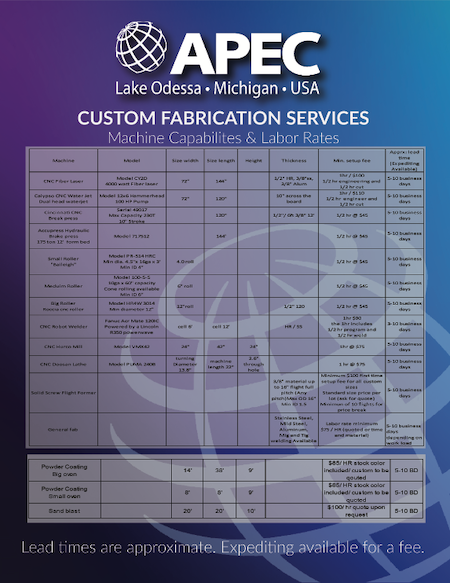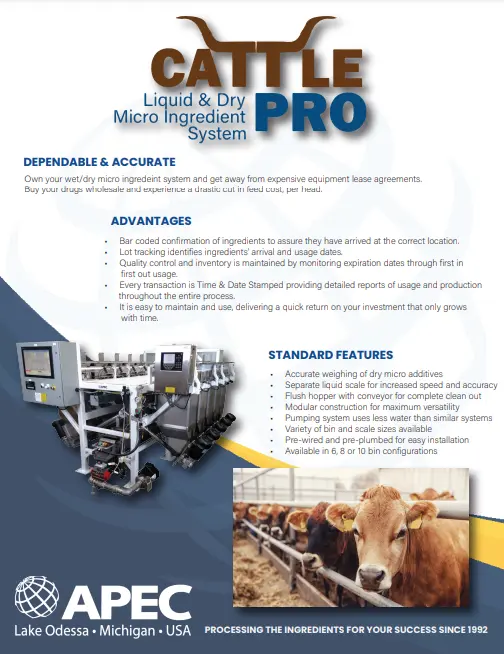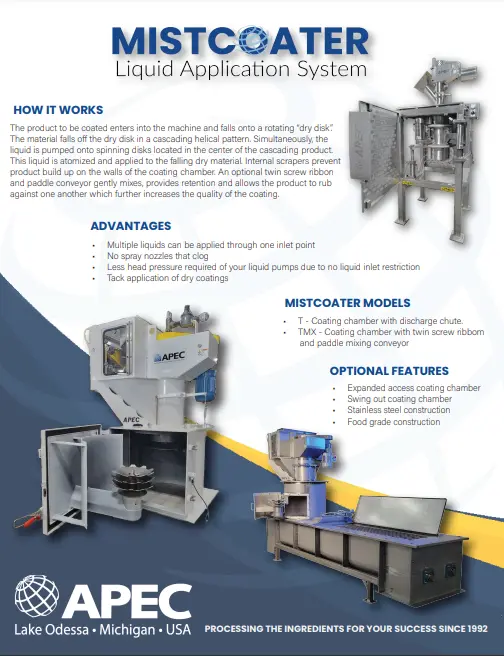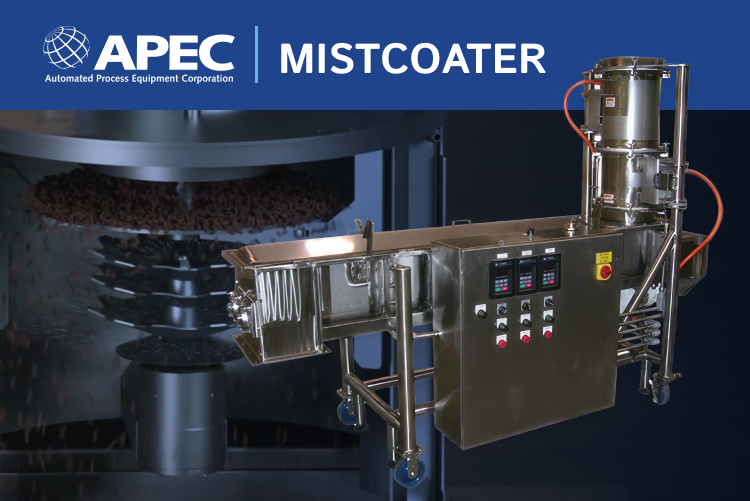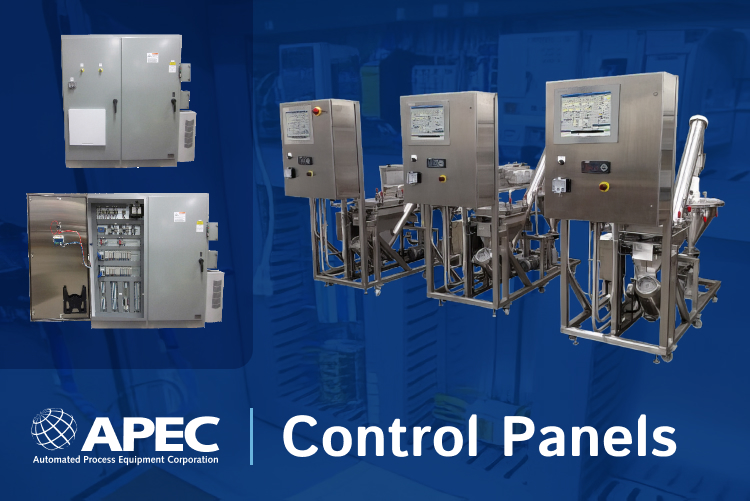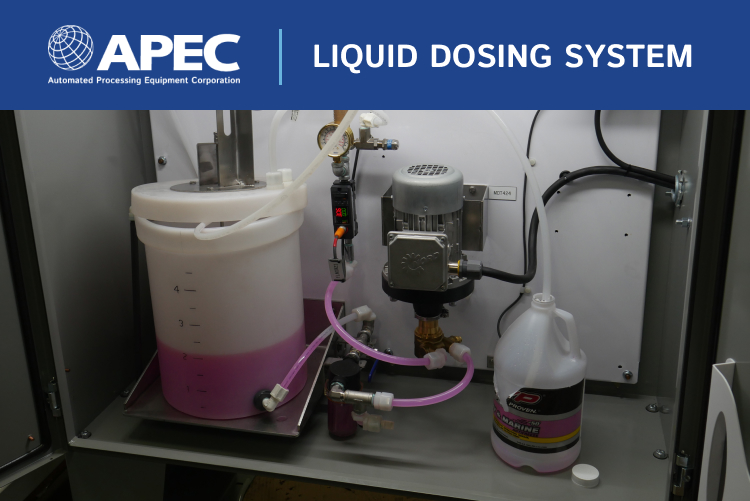
A variety of bacteria and viruses, including Norovirus, Salmonella, Clostridium perfringens, E. coli, and Campylobacter, among others, can infect food, causing thousands of illnesses and deaths every year. These pathogens can hide in many different materials, usually originating from infected water or soil. The sheer volume of ingredients and finished products that food processors and manufacturers produce increases the risk of spreading these pathogens, making facility-wide hygiene and sanitation critical. Foodborne illness outbreaks can occur when these viruses and bacteria are allowed to proliferate, eventually infecting ingredients and finished products. In this blog post, we’ll discuss common foodborne illness risks in your food processing plant, and how to prevent them.
7 Most Common Foodborne Illness Risks in Your Food Processing Plant and How to Avoid Them
1. Lack of Hygienic Design and Hermetic Sealing
Hygienic design is one of the most effective ways to mitigate common foodborne illness risks in food processing facilities. Hygienic design standards are outlined by several worldwide regulatory bodies, many which follow similar frameworks. The European Hygienic Design Group (EHEDG), 3A Sanitary Standards Inc., National Sanitation Foundation (NSF) International and, most recently, the Food Safety and Modernization Act (FSMA) all outline hygienic design principles to prevent the spread of foodborne pathogens. These guidelines focus on decreasing the proliferation and spread of pathogens, as well as containing and stopping the spread of allergens or other contaminants, such as metal fragments.
Hygienic design guidelines from every source require that hollow spaces, as well as cracks or crevices, be either filled by proper welding practices, or, if the hollow spaces are necessary by their function, they must be hermetically sealed. If these spaces are not sealed, or if cracks and crevices are present, they provide safe havens for bacteria, viruses and mold to multiply. Utilizing hermetic sealing and inspecting equipment for cracks can eliminate this risk.
Learn more about hygienic equipment design in food processing »
2. Lack of Hand Washing and Hygiene
The CDC reports that over 30% of healthy people carry Staphylococcus aureus bacteria—the cause of staph infections—in or near their noses, mouths, hair or skin. Though staph infections, which are particularly problematic in hospitals and can be deadly to those with compromised immune systems, are well-known, it is less known that staph bacteria are also causes of food poisoning. Staph bacteria produce toxins that cause foodborne illness symptoms, such as vomiting, stomach cramps and diarrhea. Though staph food poisoning is seldom severe, it is unpleasant. It is also avoidable with proper food safety hygienic practices. Since staph bacteria are so widely prevalent, this is one of the most common foodborne illness risks in your food processing plant.
Since staph bacteria can live on the skin and hair of healthy people, gloves, hair coverings and beard coverings are especially important for stopping the spread of staph. Any workers that are handling ingredients or finished products, whether during the cooking, packaging, inspection, or cleaning process, should take proper precaution. Hand-washing stations should be readily available, as hand-washing is one of the best ways to prevent the spread of staph and other bacteria.
3. Unsanitary Drains
Listeria is not the most common foodborne illness risk for food processors, but it is among the most deadly. Of the estimated 1,600 people who contract Listeriosis, the infection caused by Listeria, about 260 die. Listeria, like many other bacteria responsible for foodborne illnesses, can live in many different environments. A notable feature of Listeria compared to other bacteria is its resistance to freezing temperatures. This makes it a particularly problematic bacterium for producers of ready-to-eat frozen foods.
Listeria bacteria can be eliminated by most sanitary cleaning practices. However, it often propagates in hard-to-reach places and areas of standing water, like drains, or cracks in the floor. Proper facility maintenance, preventing drain back-ups, and cleaning drains regularly can stop Listeria from spreading in these areas. Food processors should take care to prevent Listeria from becoming airborne, which can occur during cleaning with high-pressure hoses or scrubbing.
4. Tracking In Dirt
Bacteria thrives in soil. In many cases, these bacteria are helpful, and vital to the processing of nutrients. However, foodborne illness pathogens also thrive in soil, especially soil that is fertilized with manure or compost. Soil tracked in from trucks, shipping boxes, shoes and many other sources can spread bacteria from the shipping area into the food processing area. Food processors working with raw ingredients or raw foods must take special care to prevent this common foodborne illness risk.
Thorough cleaning can eliminate pathogens hiding in dirt. Separating shipping and processing areas can also help to prevent the spread of pathogens to other areas of the facility. As might be expected, areas with lots of foot traffic or receiving shipping vehicles should be cleaned more thoroughly.
5. Pests
It is well known that flies, mice, rats, birds, cockroaches and other pests carry and spread disease. Since they can be difficult to completely get rid of and they are naturally drawn to food, pests are one of the most common foodborne illness risks in food processing plants. If windows or doors are open during food or ingredient processing in order to keep temperatures down, this can present obvious entry points for pests. Older, larger buildings may also present more entry points. Any messes or spills, food or ingredients that are unsealed and sitting out, or even garbage can attract pests, and eventually lead them to food products.
Regular inspections and a high level of sanitation are the best way to reduce risks of pests. If pests do not have access to food or cannot detect it, they have little motivation to enter the facility. Keeping the facility sealed and using indoor heating or cooling also reduces entry points.
6. Lack of Maintenance
Machines that are not working properly can expose ingredients or finished products to pathogens. This can include a wide range of equipment, from faulty can reformers resulting in botulism to faulty refrigeration or heating equipment failing to kill bacteria, even faulty conveyor equipment allowing ingredients or food to collect and sit in unmoved pockets. Many other types of equipment failures can create foodborne illness risks in food processing plants.
A thorough maintenance program will keep equipment in full working order and it will help to detect problems before they create foodborne illness risks. A detailed maintenance list and timeline, including all procedures and documentation for each, will keep essential maintenance activities organized and verifiable.
7. Lack of Traceability
Though lot tracing does not prevent the spread of pathogens, it can stop the spread of infection if foodborne illness breaks out. A lack of traceability was, in part, what caused the recent E.Coli outbreak on romaine lettuce to become so widespread. Changes to labelling, including harvest time and location, has helped to mitigate this problem.
Lot tracing and tracking is best conducted through automation. RFID scanning and tracking software can help to automatically number and document ingredients or raw foods as they move through the supply chain. Proper labeling then ensures that any contaminated products can be easily identified and removed, wherever they go.
Preventative measures are generally better than reactive measures when it comes to food safety. Proper food processing equipment design, maintenance procedures, traceability, and sanitation from the start will prevent the growth of bacteria, viruses and mold and stop them from becoming a problem. For more information on sanitary equipment design for your food processing plant, contact us online or call (616) 374-1000.


